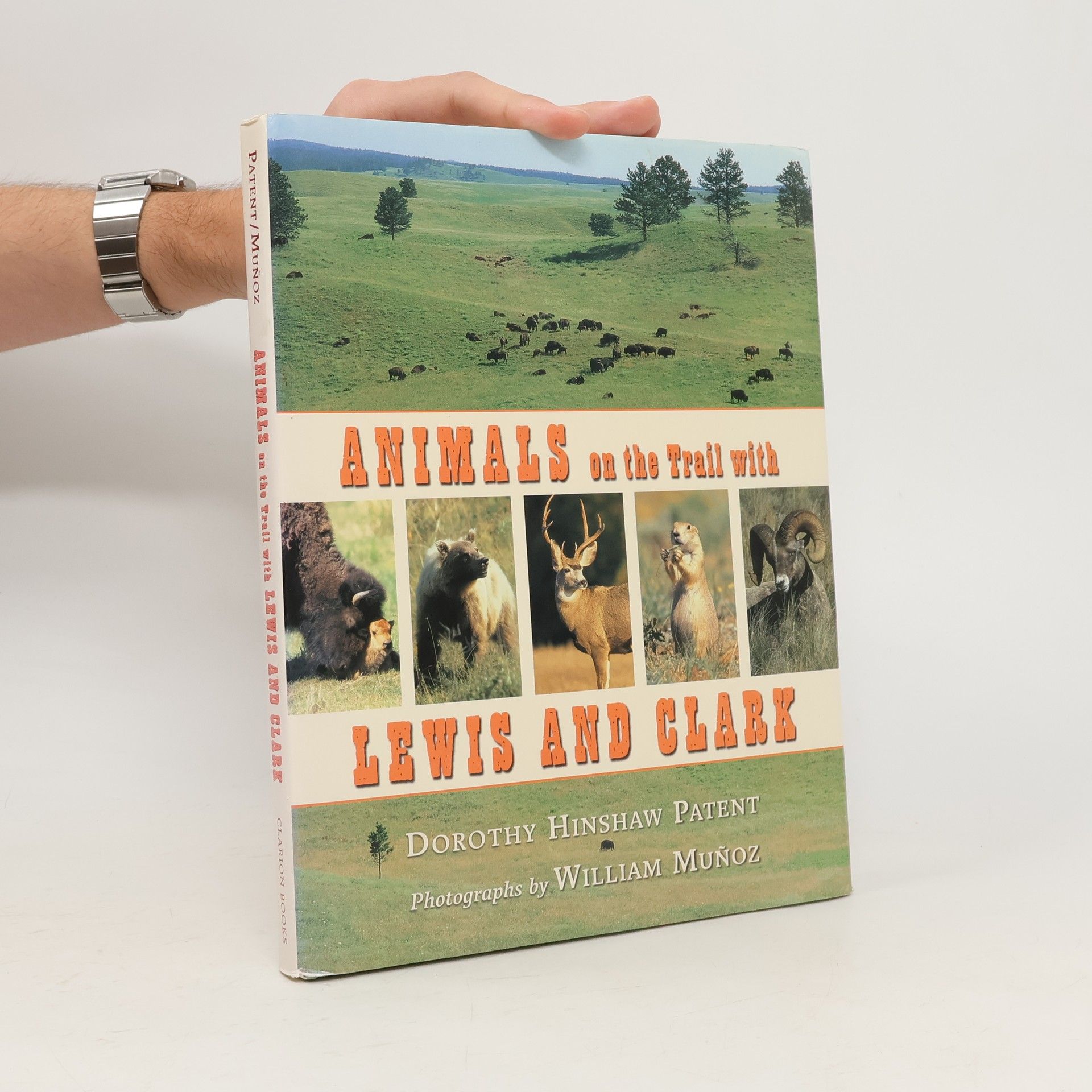Pika Country
- 32pagine
- 2 ore di lettura
Pikas, tiny rabbit relatives living high in the mountains, serve as an entry point toward understanding the consequences of climate change.Pikas can’t live in temperatures higher than 77 degrees F. As the Earth’s temperature rises, pikas must keep moving higher and higher up the mountains to find a cooler climate in which to live. Everything is connected in the natural world. As the pikas livable habitat decreases, the lives of hawks, falcons, pine martins, foxes and the many other creatures that prey upon pikas are affected.If you are looking for an easily understandable introduction to the consequences of climate change, this is the book for you. Glorious photographs and a well-organized text reveal the key role pikas play in the alpine ecosystem. Helpful diagrams demonstrate the food web that includes this tiny mammal and other plants and animals, also threatened by the changing climate. A glossary, map and list of actions kids can take to help decrease climate change are also included. Free, downloadable activities can be found on the publisher's website.

